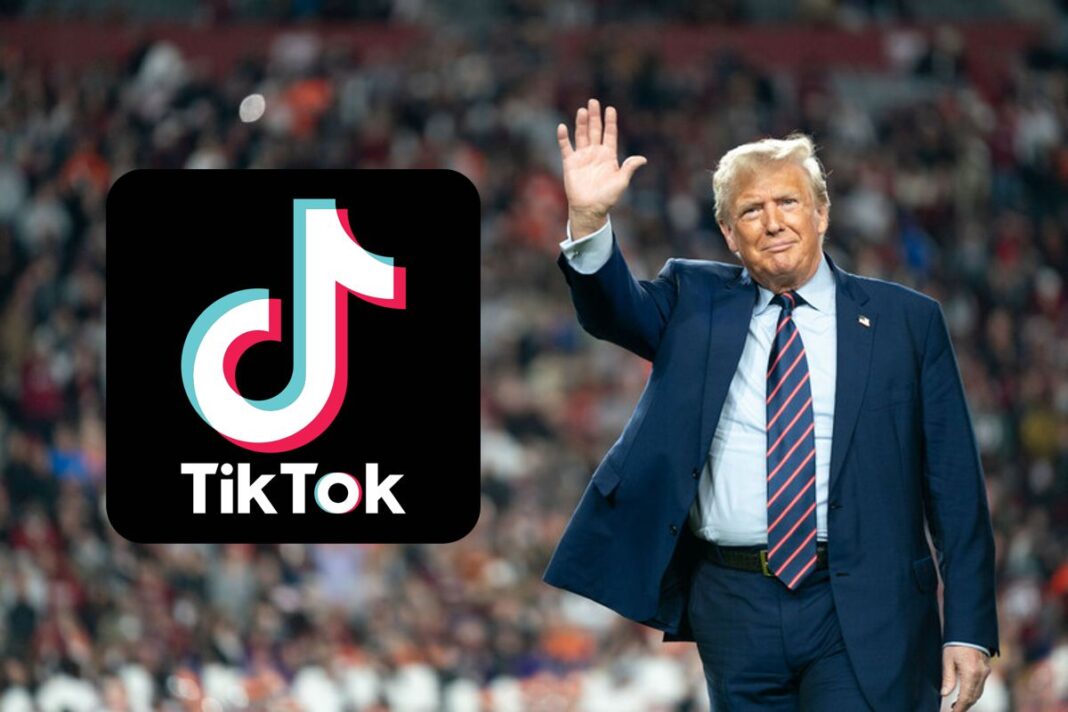Money generated by the tariffs will fund proposals to scrap taxes on tips, overtime, and Social Security benefits, the Treasury secretary says.
Treasury Secretary Scott Bessent said consumers could see a one-time price increase of about 2 percent for every 10 percent of new tariffs imposed on foreign goods, and that the revenue from tariffs would be used to reduce living costs for lower-income Americans.
He noted that under President Donald Trump’s first term, the actual inflationary impact of tariffs was significantly lower.
Bessent made the comments during an April 4 interview with Tucker Carlson, in response to a question about how much tariff revenue the Trump administration expects to collect and how it plans to use it to offset the effects of upcoming tax cuts.
“If there’s a 10 percent tariff, then the currency would appreciate 40 percent of that—so 4 percent of it. Then the producer in the other country would eat about 4 percent, and then the U.S. consumer might have a one-time price adjustment of 2 percent,” Bessent said, citing a standard “classical” economic model. “So in a 10 percent tariff, maybe the consumer pays 2 percent of it.”
However, Bessent noted that real-world data suggest the actual cost to consumers may be significantly lower. For instance, he referenced a study showing that the roughly 20 percent tariffs imposed on China during Trump’s first term increased U.S. consumer prices by just 0.7 percent.
“If we could put on a 20 percent tariff and have the foreigners pay that, and use that money to bring down our government deficit and keep taxes low here, that’s a very unique formula that hasn’t been tried in this country for a long time,” Bessent said.
He said that the administration has already collected several hundred million dollars from the new China tariffs, on top of the $35 billion per year generated by tariffs from Trump’s first term. Bessent projected that annual revenue from the full slate of tariffs announced on April 2—dubbed by Trump as “Liberation Day”—could eventually reach $300 billion to $600 billion.
That income, the treasury secretary added, would fund four key proposals aimed at helping lower-income Americans: eliminating taxes on tips, Social Security, and overtime pay, and making interest payments on U.S.-made auto loans tax-deductible.
“Think what the president is doing here,” Bessent said. “He is backing into an affordability solution for the bottom 50 percent of wage earners because they’re the ones who will benefit from all four of those programs.”
By Tom Ozimek








